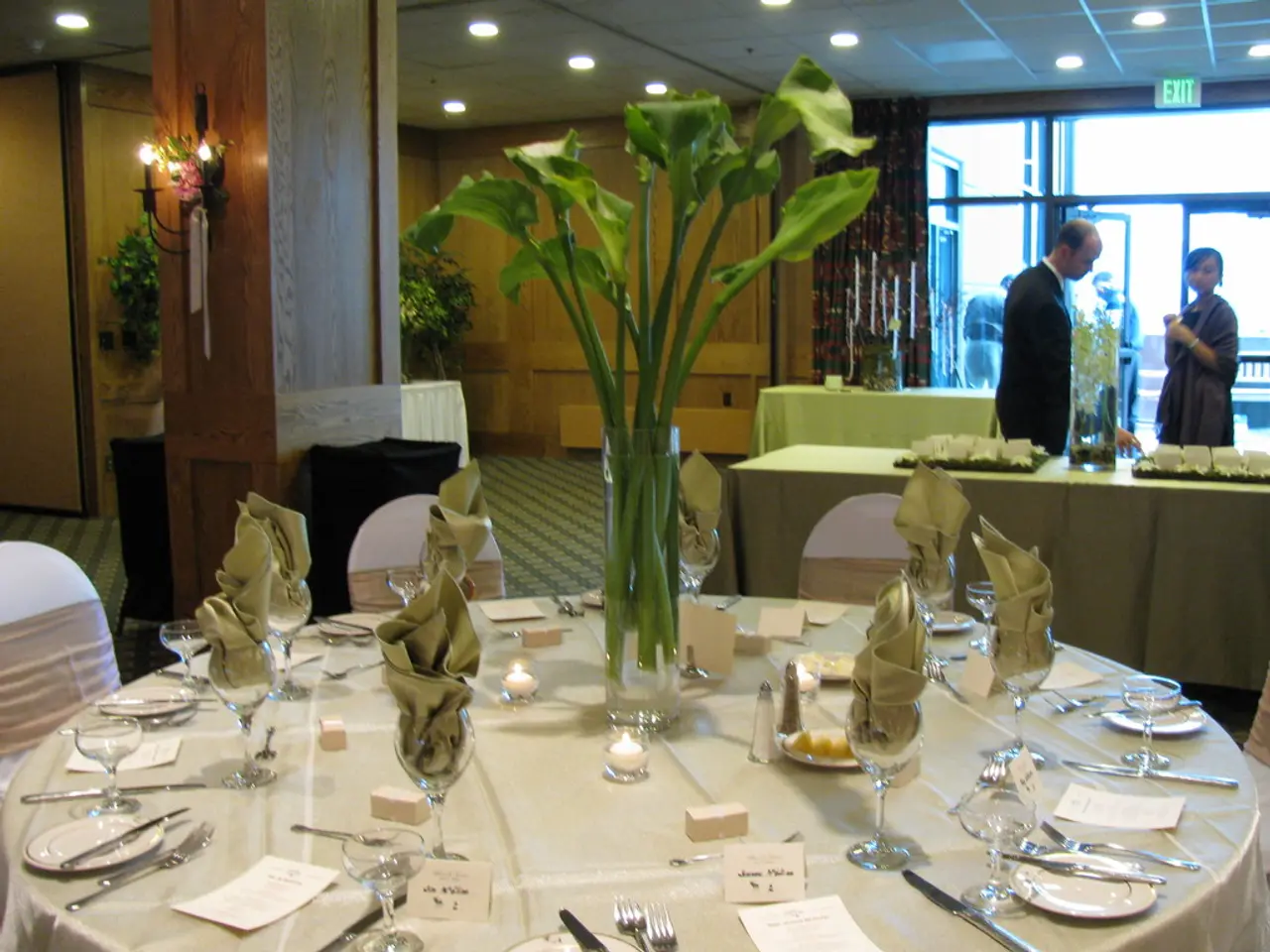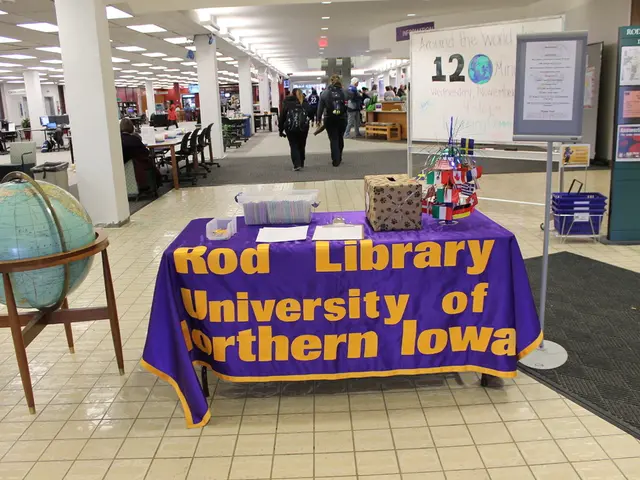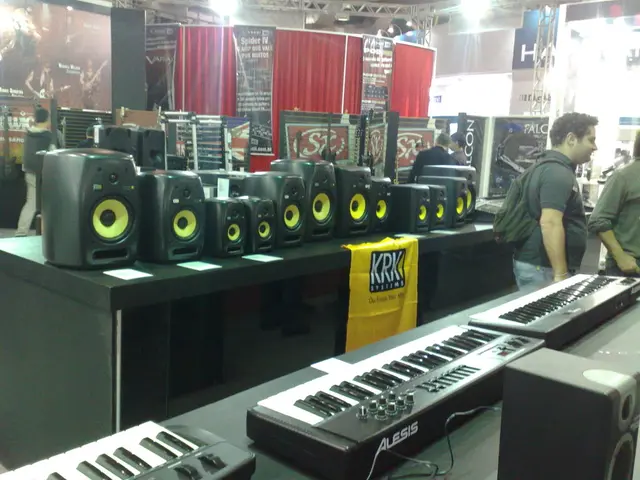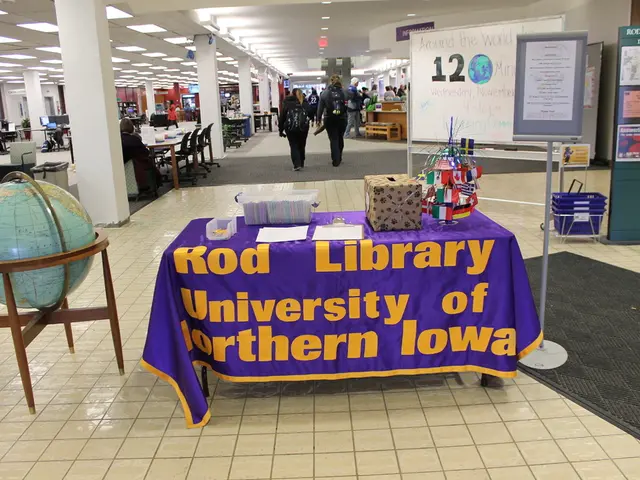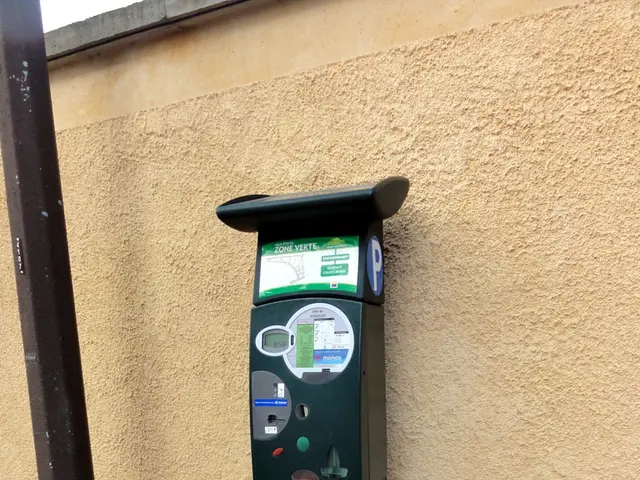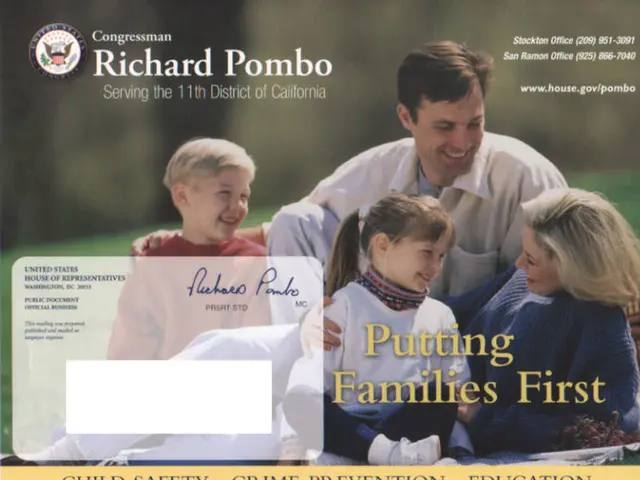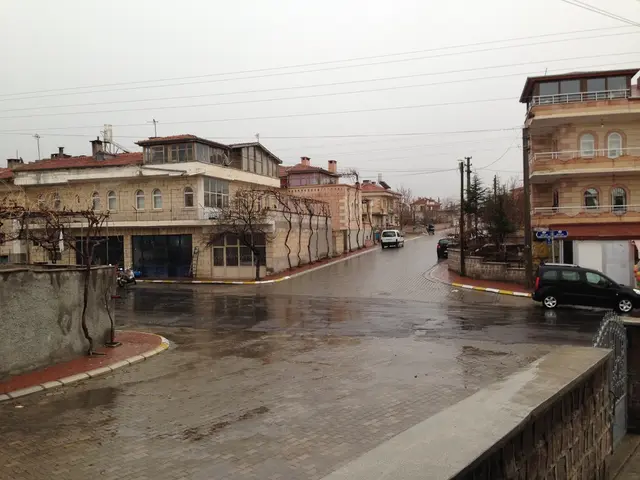Mounting jobless rates and increasing room costs signal a continued downturn in the economy of Las Vegas
In the vibrant heart of Nevada, the tourism industry in Las Vegas has experienced a significant decline over the past year. This downturn, primarily driven by rising costs and deteriorating consumer confidence, has left the city's casinos and resorts grappling with lower visitor numbers and reduced hotel occupancy rates.
The jobless rate in Las Vegas reached almost 6% in June, making it one of the highest in the nation. This slump in tourism has been attributed to a variety of factors, including high inflation and living costs, reduced traffic from key markets like California, and a decline in international tourism due to currency fluctuations, travel restrictions, and geopolitical concerns.
Visitors face significantly increased prices for hotels, food, and entertainment, which is dampening travel demand. Las Vegas, often viewed as a bellwether for national economic sentiment, is currently experiencing a tourism slump that correlates with lowered consumer spending confidence nationwide.
A notable reduction in vehicle counts on Interstate 15, a major route from Los Angeles to Vegas, has contributed to lower visitor volumes from this historically critical demographic. Reduced travel from Canada and Mexico, influenced by economic and political tensions and currency exchange volatility, have further cut international arrivals.
Declines in conventions—a significant tourism segment—and external political factors also contribute to the drop. Legalized gambling expansion in other states and perceived value erosion due to aggressive resort pricing strategies are pressuring Las Vegas to rethink its business models.
The combination of elevated costs and uncertainty in consumer and international markets has resulted in lower hotel occupancy rates (below 80% in peak summer months) and emptier gaming floors. Industry insiders suggest that unless affordability issues and competition are addressed alongside improved consumer confidence, Las Vegas may face a prolonged downturn.
Strategies in consideration include pricing model innovation and enhanced marketing focusing on non-gaming attractions to regain lost visitors. Oliver Lovat, casino consultant and CEO of the Denstone Group, stated that less discretionary income leads to a decrease in trips to Las Vegas.
Recent reports have highlighted a specific incident where a guest at the Paris Las Vegas was charged $50 to charge a laptop, underscoring the growing concern over rising costs. This places Las Vegas as the third-highest rate in the country among metro areas with at least 1 million population.
Despite the current decline in travelers visiting Las Vegas, industry experts advise against overreacting. Oliver Lovat expressed that while there is a drop in visitation, it is still strong historically. The number of international air passengers traveling to Las Vegas decreased by 10% in June compared to the previous year, contributing to an overall visitation drop of 11%.
As Las Vegas navigates these challenges, it remains to be seen how the city will adapt and bounce back, maintaining its status as a global entertainment and tourism hub.
- The increased costs and declining consumer confidence in Las Vegas, coupled with factors such as high inflation, reduced traffic from key markets, and a drop in international tourism, have led to a significant decline in casino-culture and travel to Las Vegas, impacting the city's lifestyle and casino-and-gambling sectors.
- Despite the current economic challenges faced by the tourism industry in Las Vegas, with lower visitor numbers and reduced hotel occupancy rates, the city continues to be a bellwether for national economic sentiment, suggesting that once affordability issues and competition are addressed, it may bounce back, maintaining its status as a global entertainment and tourism hub.
